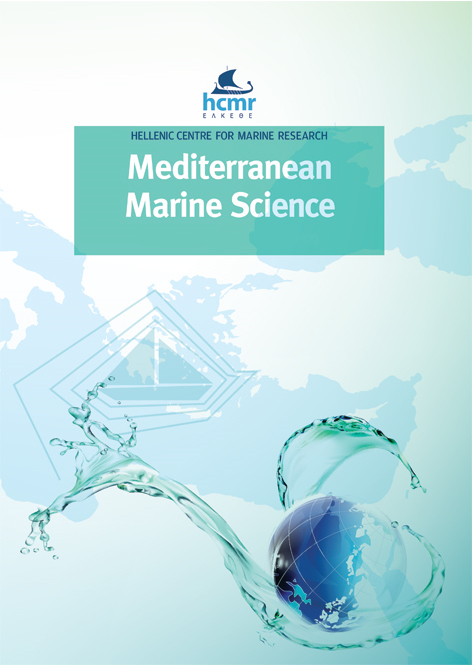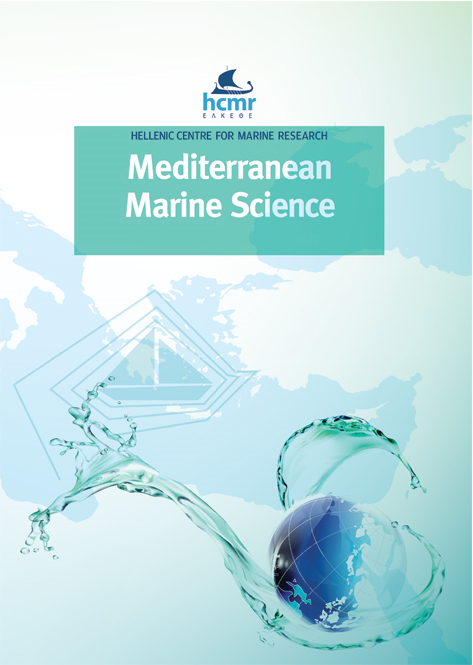Mediterranean spreading of the bicolor purse oyster, Isognomon bicolor, and the chicken trigger, Malleus sp., vs. the Lessepsian prejudice
Abstract
The introduction rate of alien species in the Mediterranean Sea is rapidly growing, and their taxonomical identification is increasingly challenging. This uncertain identification often leads to an incorrect estimation of the number of alien species, their route of introduction, and their potential negative effects. This is particularly true for some bivalves, which are characterized by high variation in their shells, resulting in uncertain morphological identification. This is the case for two alien bivalves, i.e., an Isognomonidae and a Malleidae species, both characterized by confused historical colonization records in the Mediterranean Sea, misidentifications, and controversial and changing nomenclatures that have insofar negatively affected our knowledge on their geographical distributions. In this respect, molecular approaches provide a strategy that is especially useful when traditional taxonomy fails, and DNA barcoding is a powerful and well-known tool to obtain reliable identifications through efficient molecular markers. In this work, we used the 16S rRNA marker to assess the preliminary identification of Isognomon sp. and Malleus sp. specimens from different localities in the Southern Mediterranean Sea. Bayesian inference (BI) and maximum likelihood (ML) methods were applied to test the monophyly of the phylogenetic linages and to clarify their taxonomic positions, allowing a complete overview of the colonization and spreading of these two alien bivalves in the Mediterranean Sea. In particular, the Isognomon sp. specimens were identified as the Atlantic I. bicolor, highlighting that previously suggested invasive migration patterns, (i.e., the Lessepsian migration), must be reconsidered with stronger critical attention in light of currently occurring global changes.
Article Details
- Come citare
-
GARZIA, M., FURFARO, G., RENDA, W., ROSATI, A.-M., MARIOTTINI, P., & GIACOBBE, S. (2022). Mediterranean spreading of the bicolor purse oyster, Isognomon bicolor, and the chicken trigger, Malleus sp., vs. the Lessepsian prejudice. Mediterranean Marine Science, 23(4), 777–788. https://doi.org/10.12681/mms.29218
- Fascicolo
- V. 23 N. 4 (2022): VOL 23, No 4 (2022)
- Sezione
- Research Article
Authors who publish with this journal agree to the following terms:
- Authors retain copyright and grant the journal right of first publication with the work simultaneously licensed under a Creative Commons Attribution Non-Commercial License that allows others to share the work with an acknowledgement of the work's authorship and initial publication in this journal.
- Authors are able to enter into separate, additional contractual arrangements for the non-exclusive distribution of the journal's published version of the work (e.g. post it to an institutional repository or publish it in a book), with an acknowledgement of its initial publication in this journal.
- Authors are permitted and encouraged to post their work online (preferably in institutional repositories or on their website) prior to and during the submission process, as it can lead to productive exchanges, as well as earlier and greater citation of published work (See The Effect of Open Access).






